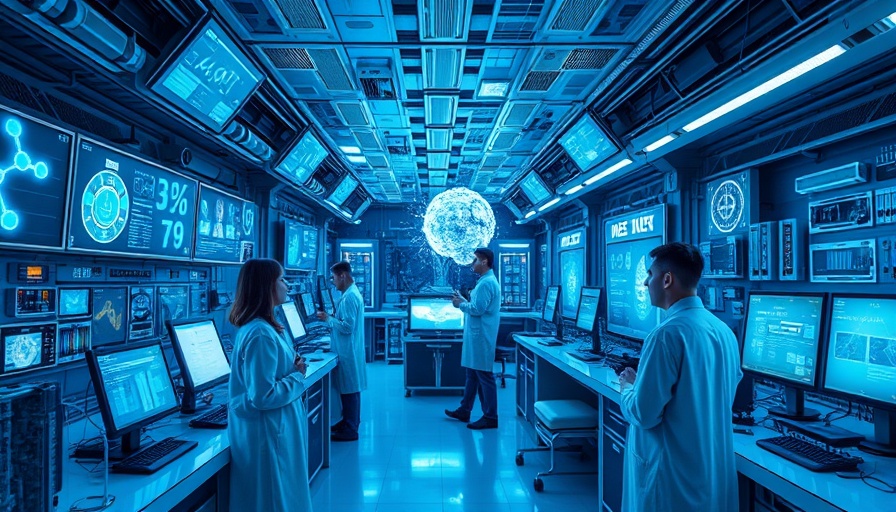
The Absence of Elon Musk: A Significant Statement
As President Donald Trump prepares to host a dinner in the White House’s newly appointed Rose Garden, the absence of Elon Musk—once a close ally—raises eyebrows in the tech world. This gathering will see many of the biggest names in technology, including Microsoft’s Bill Gates and Apple’s Tim Cook, coming together to engage in discussions about the future of artificial intelligence (AI) and its implications for education in America. Musk’s noted absence is not merely a personal choice; it signifies a deeper schism in the technological landscape and the relationship between its titans and political figures.
Why This Dinner and Musk’s Absence Matter
Trump's event, aimed at addressing the emerging challenges of AI and its educational impacts, is a response to increasing public discourse around the risks and benefits of AI technology. With stakeholders like Google’s Sundar Pichai and OpenAI’s Sam Altman present, the dinner represents a critical moment for tech leaders to influence policy. Musk's absence is intriguing, considering his previous role in shaping discussions around technology and government collaboration. His public fallout with Trump has implications for both the tech community and Trump’s administration, raising questions about alignment and loyalty within this influential sector.
Tech Leaders Unite: The Agenda Behind the Event
This dinner is more than just a social gathering; it follows the formation of a new AI Education Task Force led by First Lady Melania Trump. The initiative aims to empower American youth by equipping them with knowledge about advanced technologies while advocating for responsible governance.
“During this primitive stage, it is our duty to treat AI as we would our own children — empowering, but with watchful guidance,” stated Melania Trump. This approach signals a notable shift in how the administration is engaging with the tech community.
Examining the Broader Landscape: Impact of Relationships
Musk’s fallout with Trump reflects broader tensions. The tech industry is becoming increasingly political, with leaders like Musk now wary about aligning too closely with those in power. This hesitance could hint at how future collaborations between tech giants and government will unfold. As firms consider their public images, they must weigh the benefits of collaboration against potential political fallout.
Future Trends: The Implications of Political and Tech Alignments
As the relationship between tech leaders and politicians evolves, the future of AI and tech policy will be shaped significantly by these dynamics. With dinner guests including top executives from companies at the forefront of AI development, the dinner serves as a platform for establishing conversations that could define regulatory landscapes. Tech executives must navigate their roles carefully, balancing innovation with growing public and governmental scrutiny.
Call to Action: Navigating the Tech and Politics Intersection
The intersection of technology and politics is complex and continually evolving. For business owners and leaders contemplating their involvement in this arena, it’s crucial to stay informed and connected. Get help selecting a preferred provider who can guide you through these tumultuous waters, informing your decisions on technology partnerships and public relations strategies.
 Add Row
Add Row  Add
Add 




Write A Comment